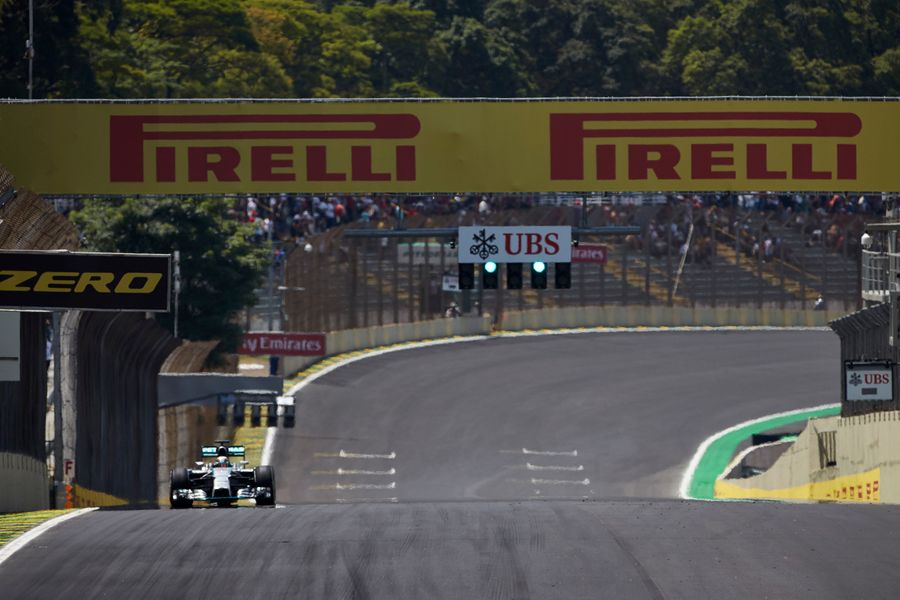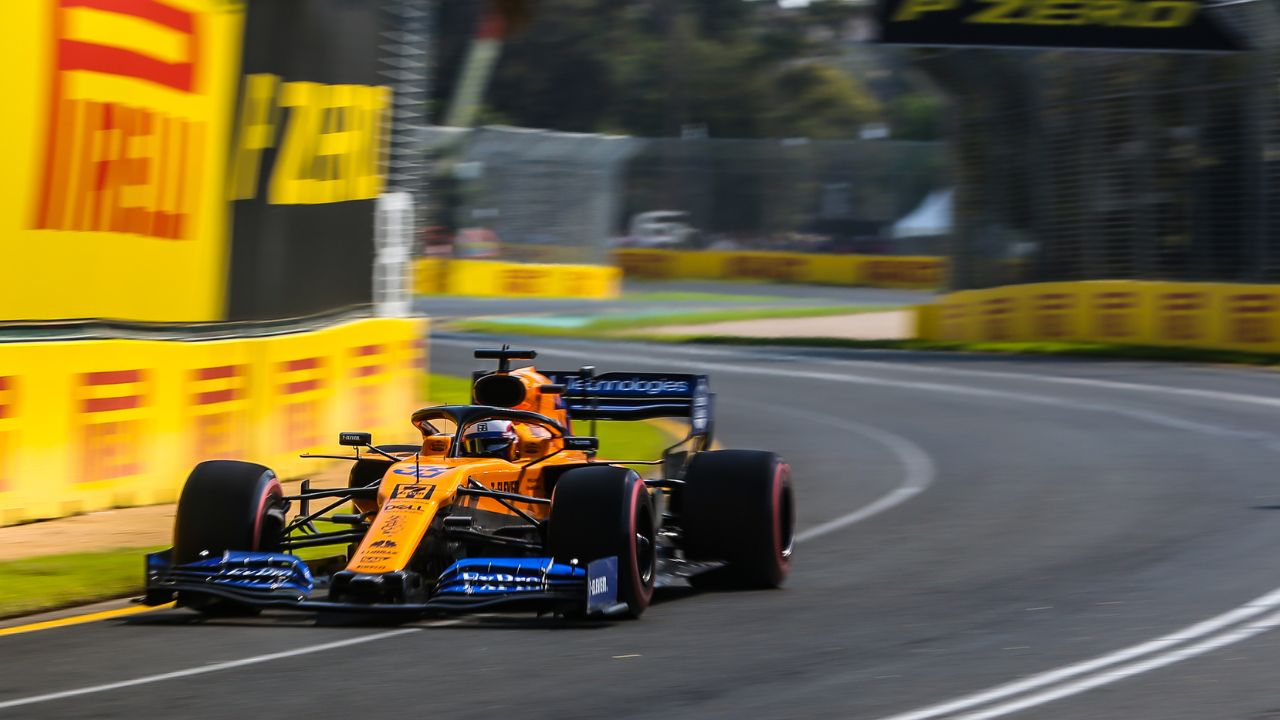
NASCAR's 'Car of Tomorrow' is now available, and it may be the fastest car on track. But there are some concerns. These concerns include cost, durability, as well as the new design. Others are still trying to improve the installation process. NASCAR will continue to look for solutions.
Toyota's "Car of Tomorrow"
Toyota's Car of Tomorrow' has more crush-ability, a wider cockpit and a taller driver. The driver is also located more toward the center of this car, which reduces the likelihood of fire. It has a "crumple area" that diverts kinetic energy from drivers during collisions.
Toyota's "Car of Tomorrow" is a compact design with advanced software and hardware. The system is controlled remotely and operates in a just-in-time manner. It coordinates with its surroundings to keep the city clean and safe.
New design
Next-generation NASCAR cars are expected to have a coupe-like shape and a wider track. Their design also has thicker walls, reducing the risk of fuel leaks and fires. All cars will have onboard cameras. They will be mounted on the cars' exteriors at all races. These cameras will be mounted on the outside of each car at every race. This will allow fans to listen in to the driver's voice during the live races. It should also improve fan engagement.

The new design will also have a larger cockpit compared to its predecessors. The cockpit measures two inches higher and four inch wider than those of previous cars. Also, the driver is more centrally seated in the car's center. Crumple zones were also included in the car. They absorb kinetic energie from collisions to divert it away for the driver.
Prices
The new Car of Tomorrow is a hybrid race car with a fuel cell that has a capacity of 22 gallons. The car was tested at the 2.5-mile Daytona International Speedway and two of NASCAR's shortest tracks, Martinsville and Bristol. It will also make its debut in 2008 on road courses and longer tracks. It will be available at all events in the next year.
The car's power comes from a 12-volt alternator as well as a pair batteries. These batteries can be found on top of your dashboard. The ignition coils and boxes are mounted on a top plate. This is a large polished steel platform. It is checked regularly to ensure that it is perfectly flat. Clearance checks are performed on the vehicle to make sure it conforms to all NASCAR rules.
Durability
As the series changes the racing formula, it is important to think about the durability of the Car of Tomorrow. Cars had suffered significant damage and wear in the past. Ross Chastain was driving at Atlanta Motor Speedway when his car collided with the wall. The new car has been redesigned to be much more resilient to crash damage. These changes will improve the car's endurance, which can be raced on a road course or three short tracks.
The future car will have a carbon fiber body instead of sheetmetal. This will improve the car's durability, as well as make it more affordable to repair. The car will also be lighter and more durable than the Gen-6.

Opposition
The Car of Tomorrow faced opposition long before NASCAR introduced them in 2007. Many drivers complained about its heavy top and difficult control. Even the winner in the first race admitted that he didn't like the new car. However, despite these criticisms, the car has been a success for NASCAR.
The car's potential benefits may be offset by the higher costs of rebuilding damaged vehicles. The Car of Tomorrow will debut at Bristol Motor Speedway March 25th. It is expected to compete in 16 races this year, 26 next year events and the entire 2009 season.
FAQ
What number of people are involved in making a race car.
Many race car companies employ hundreds of workers.
They produce components such as wheels and tires, suspension systems, engine components, and body panels.
Are there any rules that govern the way a race car should look?
No. No.
However, they must follow certain safety standards.
What is the purpose of car racing?
Car racing's primary purpose is to entertain spectators by watching cars move around a track at high speeds. It is also a chance for drivers to display their skills and compete with each other.
How do racecar drivers prepare for races?
Most race car drivers spend some time warming up before a race.
This is when they run their engines over a specified time.
Once they're fully prepared, they can start the race.
Statistics
- In 2013 Ferrari had an estimated team budget of $470 million, while elite IndyCar teams have an estimated annual budget of $15 million, according to FormulaMoney. (businessinsider.com)
- Forget the 200-mph battles of the late 1980s; no one, not even McLaren itself, predicted the inimitable F1 would go as fast as it did. (motortrend.com)
- Acceleration is a little gentler (relatively speaking) too, with 0-100km/h taking an estimated 3.1 seconds and 0-200km/h covered in 7.8 seconds. (autosport.com)
- According to FormulaMoney, the design, development, and construction of chassis and engines can cost teams as much as $255 million annually. (businessinsider.com)
- In 2009, the slick tires returned as a part of revisions to the rules for the 2009 season; slicks have no grooves and give up to 18% more contact with the track. (en.wikipedia.org)
External Links
How To
5 of the Fastest Stock Cars For Street Racing In 2022
-
Ford Mustang GT350R, $50k+
The Ford Mustang GT350R Supercar is street-legal. The Mustang GT350R features a 6.2L V8 that produces more 600 horsepower than 590 lb-ft. The car comes standard with Brembo brakes, Michelin Pilot Sport Cup 2 tires, and 20-inch wheels wrapped in Pirelli Scorpion Z tires. The interior includes leather seats, carbon fiber trim, and a 10.25-inch touchscreen display.
-
Chevrolet Corvette C8Z06 – $60k-$80k
The Chevrolet Corvette C8Z07 sports car is a mid-engine, built by General Motors. It was first shown at the 2017 Detroit Auto Show. It is powered by a naturally-aspirated 8.0L LT4 V8 motor that produces 650 hp, 700 lbft of torque and produces 650 hp. The engine is mated with a seven-speed manual transmission. The car weighs approximately 2,800lbs.
-
Dodge Challenger SRT Hellcat Widebody, $70k-$100k
The Dodge Challenger SRT Hellcat Widebody muscle car is manufactured by Chrysler Group LLC. It is based upon the third-generation Charger platform which was introduced in 2016. The wide body variant was introduced in 2016. The 707hp supercharged, 6.2L HEMI-V8 engine makes it the fastest production vehicle worldwide.
-
BMW M760Li xDrive – $140k - $180k
The BMW 760Li high-performance luxury sedan manufactured by German manufacturer BMW AG is a BMW 760Li. In 2012, the second generation of the BMW 760Li was launched. The car is powered with a twin-turbocharged petrol engine of 4.4L L8 that produces 750 hp, 800 Nm of peak power. The car can reach 0-62 mph (0-100 km/h) time of just 3.9 seconds and a top speed of 196 mph (315 km/h).
-
Porsche 911 Turbo S - $160k - $200k
The Porsche 911 Turbo S, a high-performance variant of the 911 roadster, is available. It is powered by a 3.8L flat-six turbodiesel engine that produces 550 hp and 680 lb-ft of torque coupled to a PDK dual-clutch gearbox. The car can accelerate to 0-62 mph (100 km/h), and reaches a maximum speed of 197 miles (317 km/h).